Use of Near-Well Locally Refined Hexahedral Meshes for Fast Reservoir Simulation History Match
Please login to view abstract download link
Reservoir flow simulations of real-life oil and gas fields require to account for a large set of uncertainties. These uncertainties are of different order: static parameters, including the initial geological model and the property infilling, and dynamic parameters, regarding the fluid models and flow parameters. To account for these uncertainties, several fine-scale models are built and simulated, with the integration of all the concepts inside it to try and match production data. This conventional workflow leads to the construction and simulation of hundreds of models, which implies long and heavy studies, to build the models and to run the simulations (long runtime, use of a lot of computation power). In the recent years, new workflows have been developed to input less concepts in an initial model and use the power of advanced optimization algorithms to gain information mainly from the observation data and less from a priori geological knowledge and interpretation. Such models are usually referred as reduced models or hybrid models because they combine physical formulations with data-driven approaches to figure out non observable parameters [1], [2]. This approach uses graphs or coarse meshes that incorporate only a few geological information, the simulations are therefore faster, which allows to better explore the space of incertain parameters. Moreover, mesh resolution can be refined to obtain a better match quality or coarsened to obtain more robust results. In this approach, the first set of mesh that is used, which incorporates only the key concepts, is of major importance. In this perspective, a major question arises on the inclusion of a better representation of the wells in this mesh. The wells are indeed the location of the production data that are matched, and quality of the match can be poor if the mesh resolution is too coarse in this area. In this work, we propose to run simulations in this framework with different meshes as support for the simulations: a fine-scale mesh, a coarse mesh, and meshes with a finer resolution only in the vicinity of the wells. All these meshes are unstructured hexahedral meshes, obtained with a resolution map setting a finer resolution near wells [3]. The mesh remains conformal everywhere, with slightly distorted hexahedral cells to account for the resolution. We investigate the impact of such cells and show the gain of the inclusion of the wells in the initial geometry of the model.

